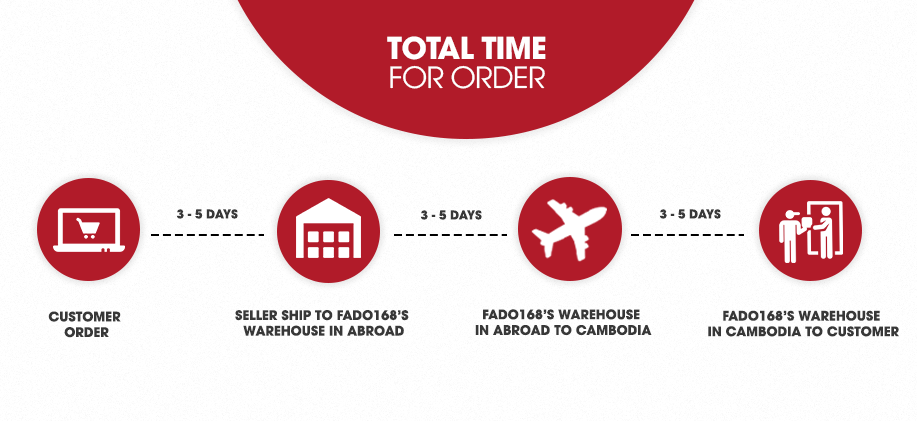Professionals everywhere are realizing that ML and AI represent a technological tsunami, and they’re trying to get on top of the wave before it crashes over them. This book is for them: engineers, software developers, IT managers, and others whose goal is to build a practical understanding of ML and AI and put that knowledge to work solving problems that were difficult or even intractable before. It seeks to impart an intuitive understanding and resorts to equations only when necessary. Despite what you may have heard, you don’t have to be an expert in calculus or linear algebra to build systems that recognize objects in photos, translate English to French, or expose drug traffickers and tax cheats.
Why I Wrote This Book
Inside every author is a tiny gremlin that says they can tell the story in a way that no one else has. I wrote my first computer book more than 30 years ago and my last one more than 20 years ago, and I didn’t intend to write another one. But now I have a story to tell. It’s an important story—one that every engineer and software developer should hear. I’m not entirely satisfied with the way others have told it, so I wrote the book that I wish I had had when I was learning the craft. It starts with the basics and leads you on a journey to the heights of ML and AI. By the end, you’ll understand how credit card companies detect fraud, how aircraft companies use machine learning to perform predictive maintenance on jet engines, how self-driving cars see the world around them, how Google Translate translates text between languages, and how facial recognition systems work. Moreover, you’ll be able to build systems like them yourself, or use existing systems to infuse AI into the apps that you write.
Today’s most advanced machine learning models are trained on computers equipped with graphics processing units (GPUs) or tensor processing units (TPUs), often at great time and expense. A point of emphasis in this book is presenting examples that can be built on a typical PC or laptop without a GPU. When we tackle computer-vision models that recognize objects in photos, I’ll describe how such models work and how they’re trained with millions of images on GPU clusters. But then I’ll show you how to use a technique called transfer learning to repurpose existing models to solve domain-specific problems and train them on an ordinary laptop.
This book draws heavily from the classes and workshops that I teach at companies and research institutions around the world. I love teaching because I love seeing the light bulbs come on. I often kick off classes on ML and AI by saying I’m not here to teach; I’m here to change your life. Here’s hoping that your life will be a little bit different, and a little bit better, than it was before you read this book.


